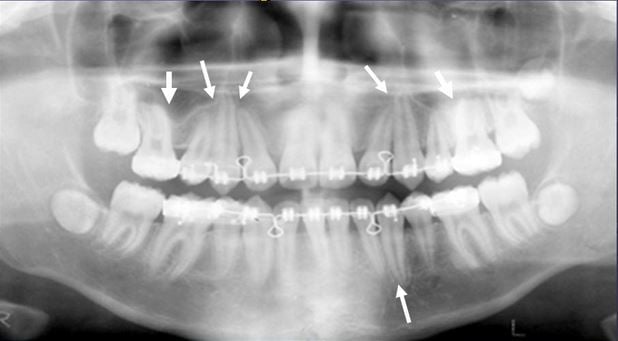Stubborn spaces can be the most frustrating situation in orthodontics. If you’ve ever encountered this, you may have tried closing the space with all your tools—rubber bands, closed coils, and power chains—but the space was still there.
Sometimes trying too hard can make the problem worse. But don't worry, take some records and investigate what the true source of your frustrating immobility is. POS Instructor, Dr. Glenn Takenaga, shares the most common reasons why your space just isn't closing. Use this check list to discover the real reason why your teeth are not moving, so you can quickly move back on track to finishing.

- Root angulation
- Occlusal interference – Lack of overjet (deepbite, detorque uppers, procline lowers)
- Tooth size discrepancy
- Excess horizontal overjet – For example, look at the overjet of the cuspids if you're having trouble closing the spaces distal to the 2s
- Skeletal resistance
- Inadequate forces applied
- Too much force applied
- Friction – Look for calculus buildup, kinked or nicked wire, rough bracket(s), pinched bracket, excess bracket adhesive, molar tube pinched
- Buccal bone indented
- Myofunctional competing forces
- Bad hygiene – Look for gingival inflammation
- Ankylosis
Have you discovered other “space culprits” in your experience treating orthodontic patients? Share it with the community in the comments.

